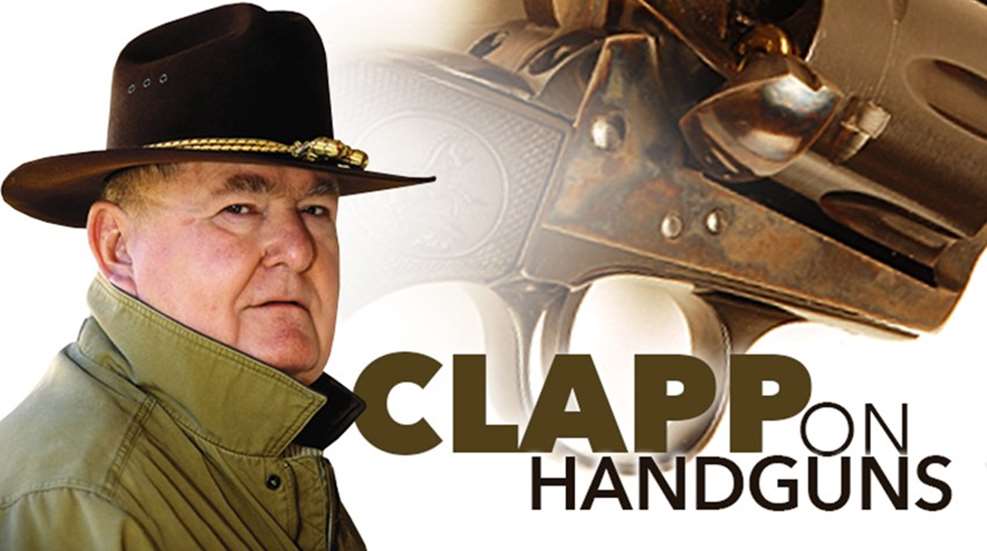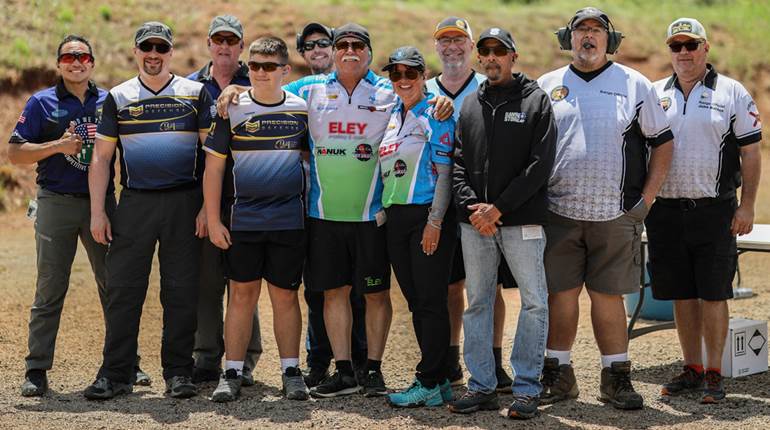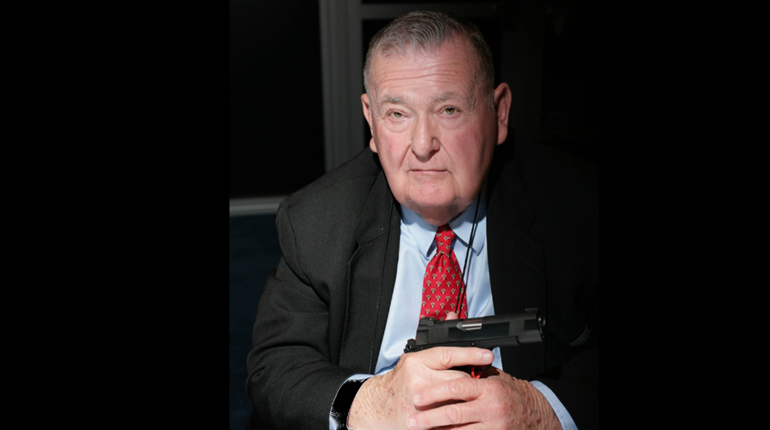
In a lifetime of shooting, I have been involved in a number of forms of competition. My first pistol match was in Basic School at Quantico over 50 years ago. It was a bullseye match fired on the National Match course of slow, timed and rapid fire. Over time, I became an avid, if not spectacularly successful, bullseye competitor. Naturally, I had to have all kinds of specially modified pistols to shoot the course. Later, as a police officer, I was bitten by the PPC bug and traveled all over California to compete. It was a great time (particularly when I was driving a Volkswagen and gas was 30 cents a gallon) and I had the practical advantage of competing on the same course I fired for qualification. Literally, I was training as I was competing—great idea. Then, I became interested the IHMSA game, where we shot at silhouettes of game animals at great distances. This took a powerful and accurate handgun, but the basics of the game were still sight alignment and trigger management. In time, I discovered IPSC, IDPA and SASS and had brief flirtations with these sports. Yep, I have had a heck of a good time competing with handguns. In so doing, I have developed a huge fund of knowledge on how to lose a pistol match, because I have lost more than my share of matches.
Now, you must consider that the original purpose of a handgun was close combat, but it must be put in perspective. The minute that formal competition of any kind started, realism began to leave. Nobody can write rules for a deadly engagement, because everybody wants an edge. If everyone agrees on the rules and abides by them, then the competition may be very interesting and somewhat challenging, but never relevant to the real world of personal defense. There is just no way to format rules that make matches easy to run and interesting enough to draw competitors—and yet have any real relevance to a deadly encounter. In other words, if you draw competitors, you will get people who want the understandable camaraderie and challenge of a game. But it isn't real.
Nevertheless, there are many benefits to active competition with firearms. For one thing, it tends to drive the development of better guns and accessories for true combat shooting. By way of example, consider the distinctive underlugged barrel contour of S&W's L frame service revolvers. This came about when PPC competitors found a way to install Colt Python barrels on Model 14 and 19 S&Ws to shift their balance forward and improve accuracy. The improved heft of the L frame meant a generation of police officers went to work with a better gun. There's an added benefit to learning to handle a pistol with speed and dexterity, as is required in several of our shooting games. When malfunction and reloading exercises become instinctive due to repetition in games, you may not have to think about them when the real world need arises. If nothing else, when it becomes popular to have handguns on hand for sporting purposes, you will have a larger corps of active shooters who will enthusiastically fight to keep them when another politician tries to take them away. Competition has always tended to attract people who like a challenge and shooting competition is in no way different. It attracts active, alert and self-disciplined folks.
So when I ruefully reflect on the number of pistol matches in which I have participated and lost, I am really just admitting that I may have mastered the understanding of winning principles, but have yet to conquer applying them under stress. The effort continues.






































